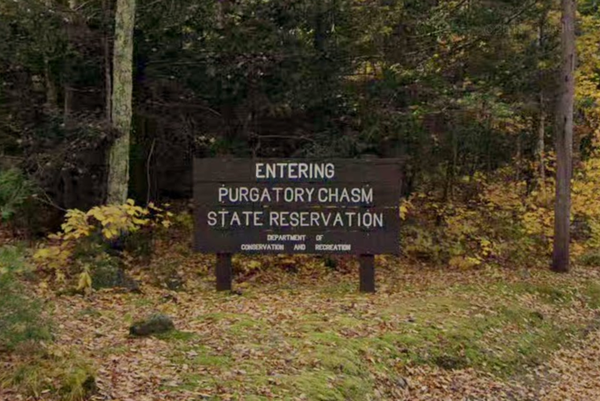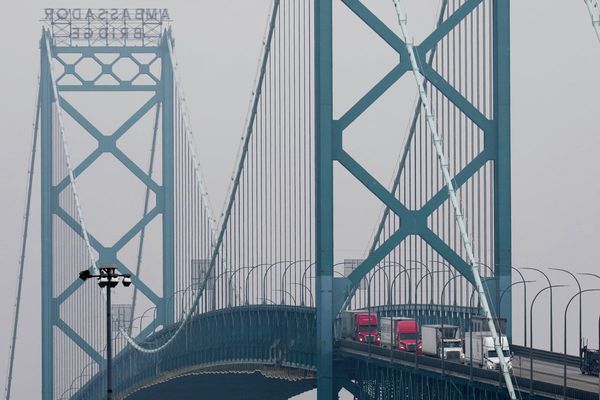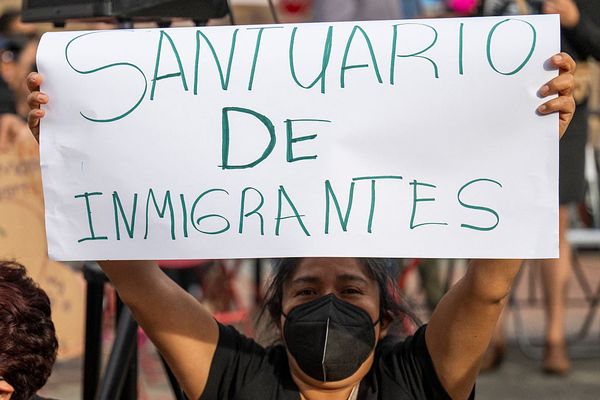
More Australians are being priced out of the property market and squeezed by rising rents as housing affordability falls to a decade low.
The Real Estate Institute of Australia said on Wednesday that a typical Australian family finished last year spending more than a third of their incomes on home loan repayments or almost a quarter on rents.
Housing affordability last year fell by 3.9 per cent for owners and by 0.3 per cent for renters – figures that REIA president Hayden Groves said were particularly worrying given interest rates had yet to rise.
Mr Groves said when rates do eventually rise housing affordability will worsen and leave many Australians “priced out” of the market entirely.
“These uncertainties point towards the need for a proper national plan for housing affordability and supply,” Mr Groves said on Wednesday.
The REIA data makes for bleak reading – mortgage affordability is at its lowest level since 2010 while rental affordability is at its lowest level since 2017.
The COVID property price boom is to blame, with first-home buyers now taking on much larger loans and non-home owners dealing with a rebound in rents.
REIA said weighted average capital city house prices rose to $1.02 million over the December quarter, capping off a 25 per cent rise over 2021.
But housing market economist Andrew Wilson said the property boom is now slowing as fewer buyers can afford the turbocharged prices.
“Buyers in Sydney, Melbourne and Canberra have recorded the worst falls in housing affordability,” Dr Wilson said.
“But over the last six months we’ve seen a deterioration in activity – the rate of house price growth is the lowest we’ve seen in some time.
“The cycle is running out of puff – buyers can’t keep bidding up houses.”
Housing affordability hits decade low
Slowing house price growth isn’t much comfort for buyers though, as the market has risen so much during the pandemic that many have already ben priced out.
REIA’s report measures this by defining affordability as the proportion of the median household income needed to meet average home loan repayments.
Rental affordability is measured in the same way, but with rents instead.
The below graph shows how the COVID property boom affected affordability.
Because it relies on the median income, REIA’s methodology has the downside of making rental affordability look better than reality for the poorest Australians, and home loan affordability look worse than reality for the richest households.
But it does show how housing affordability is changing across Australia at large by measuring how much of our income is being devoted to housing.
For example, median weekly household incomes rose 5.3 per cent to $2051 last year, largely thanks to government pandemic support measures. But over the same period, the average monthly home loan repayments rose a whopping 17.7 per cent to $3289.
That means 37 per cent of the median household income is needed to pay an average-sized mortgage each month, REIA said.
And the picture isn’t much better for renters, either. REIA’s weighted median rent index has risen much faster than overall inflation during COVID-19.
Rents rose particularly quickly in Queensland and Western Australia at first, but are now also going up in the larger cities of Sydney and Melbourne.
Dr Wilson said the outlook for renters is getting worse by the day as the COVID-driven fall in unit rents across Sydney and Melbourne unwinds.
“Unit markets in Sydney and Melbourne are really starting to soak up the excess supply now,” he said.
“Vacancy rates have almost halved from where they were a year ago.”
Affordability to worsen as rates rise
All these figures are ominous because they show housing affordability is getting worse across the board, despite record-low borrowing costs.
The Reserve Bank plans to raise interest rates at some point over the next two years, which will increase home loan repayments for owners.
Economists expect a few small rises as the cash rate moves from 0.1 per cent to 1.25 per cent.
But even this small jump could push many households into repayment strife, with monthly mortgage bills likely to rise by $470 a month, according to Canstar estimates.
Mr Groves urged federal and state governments to implement reforms in their budgets to make housing more affordable before rate hikes worsen mortgage stress for households.
“We are urging governments to get on the front foot with this issue by prioritising [policies to address] housing supply shortages,” he said.
The Grattan Institute is also calling on the government to pass a series of housing reforms in the budget to ease affordability concerns.
The think tank has urged the federal government to set up a national shared equity scheme to help low-income buyers get onto the property ladder in partnership with taxpayers.
Dr Wilson said the RBA plans to wait until household incomes are rising faster until it puts up rates though, which could cushion the blow.
He said “affordability issues could be neutralised through higher incomes”.








